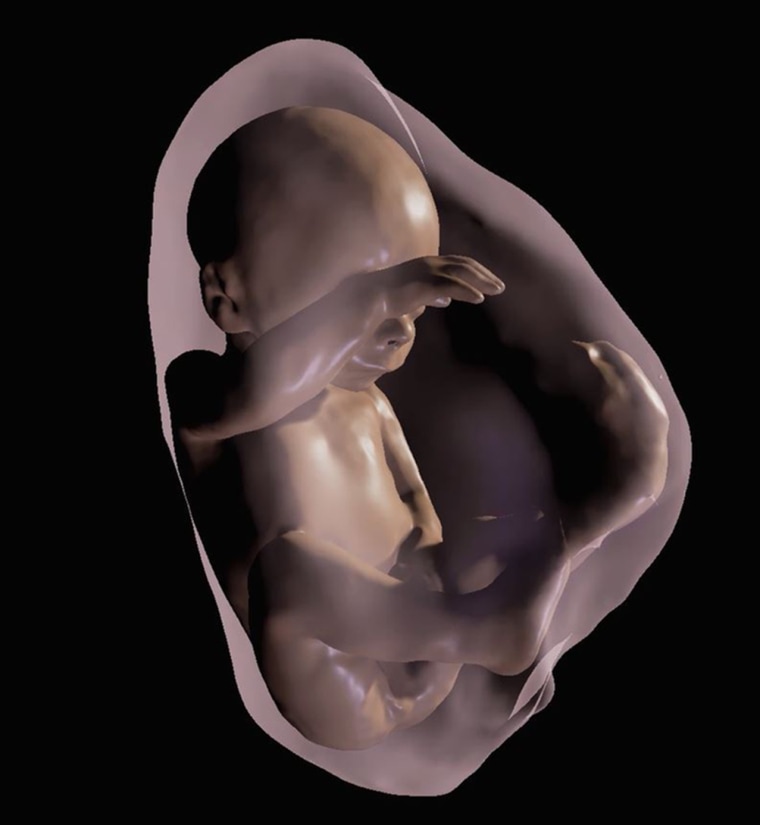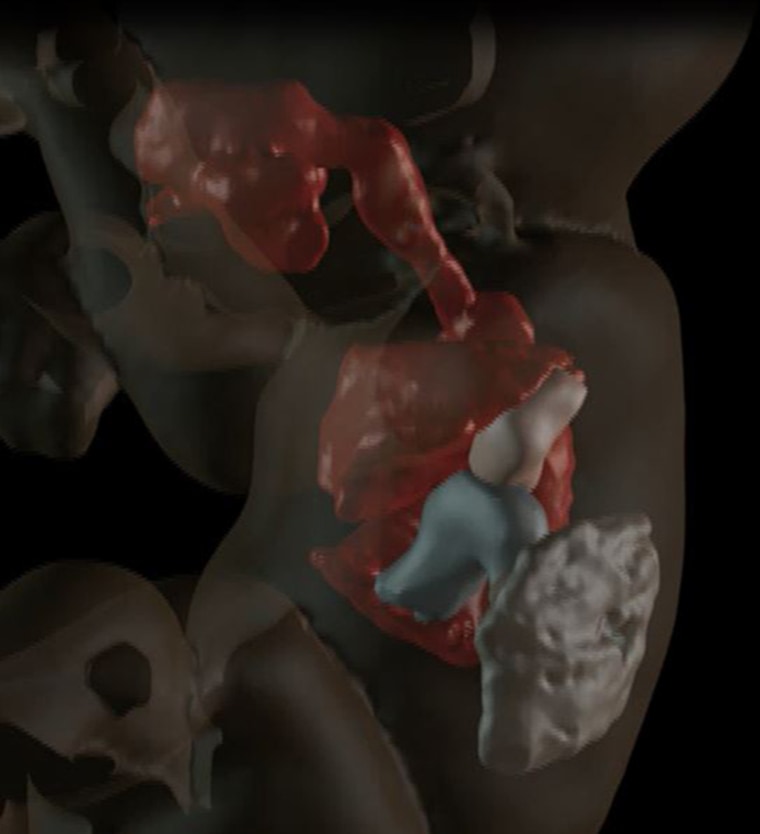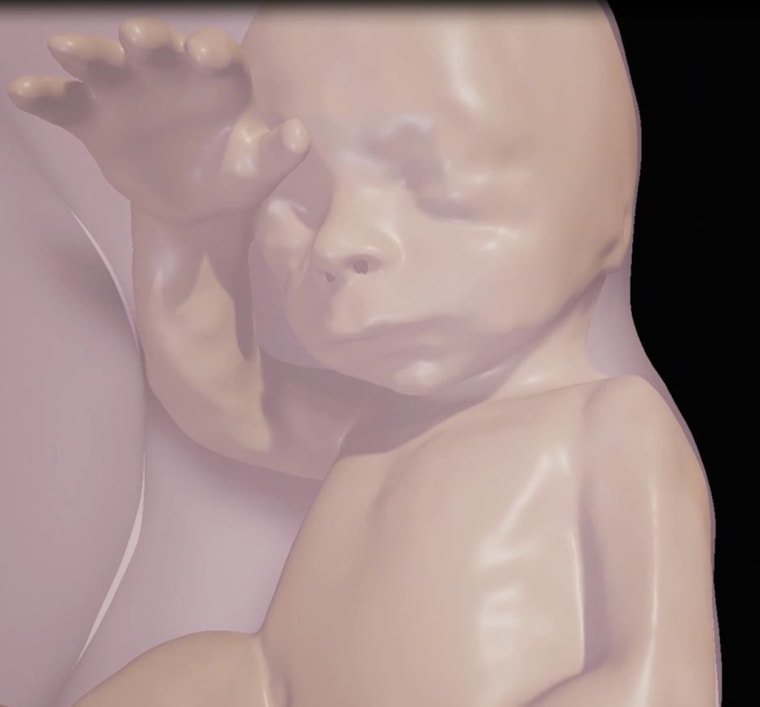Brazilian researchers have fused virtual reality with a new type of 3-D scan to let doctors and parents look at a developing fetus from all angles — even the inside.
The idea is to help doctors search for defects that might need immediate treatment, either before or after birth. But other experts say they can see the scan become a pricey toy for wealthy parents-to-be who want something different from the standard blurry ultrasound image.

The Food and Drug Administration says one ultrasound is enough to make sure a developing fetus is healthy. But more might be necessary if there’s reason to believe there is an abnormality.
Magnetic resonance imaging (MRI) is far more expensive and difficult to do than ultrasound. It's usually only done if there is a real medical question.
Dr. Heron Werner of the Clínica de Diagnóstico por Imagem and colleagues in Rio de Janeiro used MRI, advanced computer programs and Oculus Rift to create virtual images that could be navigated in virtual reality.
Related: FDA Warns Against Keepsake Ultrasounds
"It provides fetal images that are sharper and clearer than ultrasound and MR images viewed on a traditional display,” Werner said in a statement.
"The 3-D fetal models combined with virtual reality immersive technologies may improve our understanding of fetal anatomical characteristics and can be used for educational purposes and as a method for parents to visualize their unborn baby," said Werner, who presented the new technology at a meeting of the Radiological Society of North America.
“I’m not jumping up for joy on this one because I think we should use medical imaging only when it is medically needed.”
One video the team made takes the viewer up through the nostril of a fetus, through the sinuses and down into the throat.
"The physicians can have access to an immersive experience on the clinical case that they are working on, having the whole internal structure of the fetus in 3-D in order to better visualize and share the morphological information," Werner said.

"We believe that these images will help facilitate a multidisciplinary discussion about some pathologies in addition to bringing a new experience for parents when following the development of their unborn child."
The idea of a “new experience” for parents worries Dr. Deborah Levine, professor of radiology at Beth Israel Deaconess Medical Center and Harvard Medical School.
“The Brazilian images are beautiful, but do you need those beautiful images to alter your treatment plan?” Levine told NBC News.
Related: Frowning on Prenatal Portrait Studios
“What happened with 3-D ultrasound after it was developed (was) all these shops opened taking pictures for parents, with no medical information. FDA said ultrasound should be performed only when medically necessary,” Levine added.
Parents had started holding “ultrasound parties,” with unusual in-utero images going viral on social media.
“Those shops are still around, and they clearly go against prudent use of ultrasound in pregnancy, but people pay to have pictures taken of their fetuses,” Levine said.
"It provides fetal images that are sharper and clearer than ultrasound and MR images viewed on a traditional display."
The danger is that that both prolonged ultrasounds and prolonged MRIs can generate heat that can be harmful to the fetus.
At $1,000 or more a pop for a fetal MRI, Levine doesn’t see much potential for 3-D MRI parties.
“While the Brazilian model is technically feasible, it would not really be available to the average parent,” she said.
“I’m not jumping up for joy on this one because I think we should use medical imaging only when it is medically needed.”

